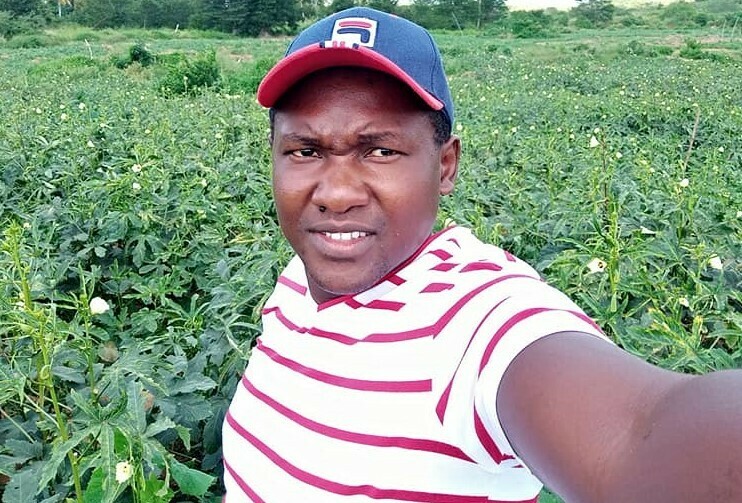Agribusiness is one of Kenya’s most profitable investments. There are several methods to generate money in the agricultural sector.
Zachariah Makori’s farm in Mlunguni village, Marafa, Kilifi County, greets guests with hundreds of rows of pineapples.
The fruits, planted on 16 acres, and stretching as far as the eye can see. And it’s clear to understand why Makori is a happy farmer as he walks about the property, checking on the plants.
“I started off selling melons, pineapples, and avocados.” “In 2013, I switched to planting watermelons on half an acre,” he remembers, adding that he started farming with a KES 30,000 investment.
He spent KES 5000 for a year’s lease on an acre and the rest on clearing, ploughing, and planting melons.
“I made some money from it, but the endeavour mostly failed since I had no agricultural expertise.” I performed some study and learned from seasoned growers.”
He gathered the shards and returned to farming, this time cultivating okra, pineapples, capsicum, and indigenous veggies.
“The crops fared well, and I made a decent living selling the products in the Coast cities of Kilifi and Mombasa,” he adds.
Venture into Pineapple Farming
Buoyed by his achievement, he went back to producing watermelons on 24 acres, but as luck would have it, he lost the product as well as part of his irrigation system, generator, and water pump, which were worth over KES 3 million.
“I never got over the loss, but it didn’t stop me from doing what I love: farming.” I switched to pineapples, namely the Smooth cayenne type. This is due to the crop’s resilience, higher pricing, and ease of management,” explains the 29-year-old.
Pineapples mature 18 months after planting, and the farmer must weed and top-dress the crop with nitrogen, calcium, and potassium-rich fertilizer at two and 15 months.
Return on Investment
Each year, the farmer receives an average of 7,000 pieces of fruit per acre.
“The majority of my clients are wholesalers from Malindi, Kilifi, Mombasa, and Nairobi.” “I sell each fruit for between KES 40 and KES 100, and one crop may last up to five years until production runs out,” adds Makori, who employs four people and also raises poultry.
Because he relies on rain, one of his concerns is variable weather, especially during protracted droughts.
There is also a monkey invasion and weak infrastructure after severe rains, which hampers the transportation of food to market.
You can contact him through his Facebook profile, Ken Kilifi.







